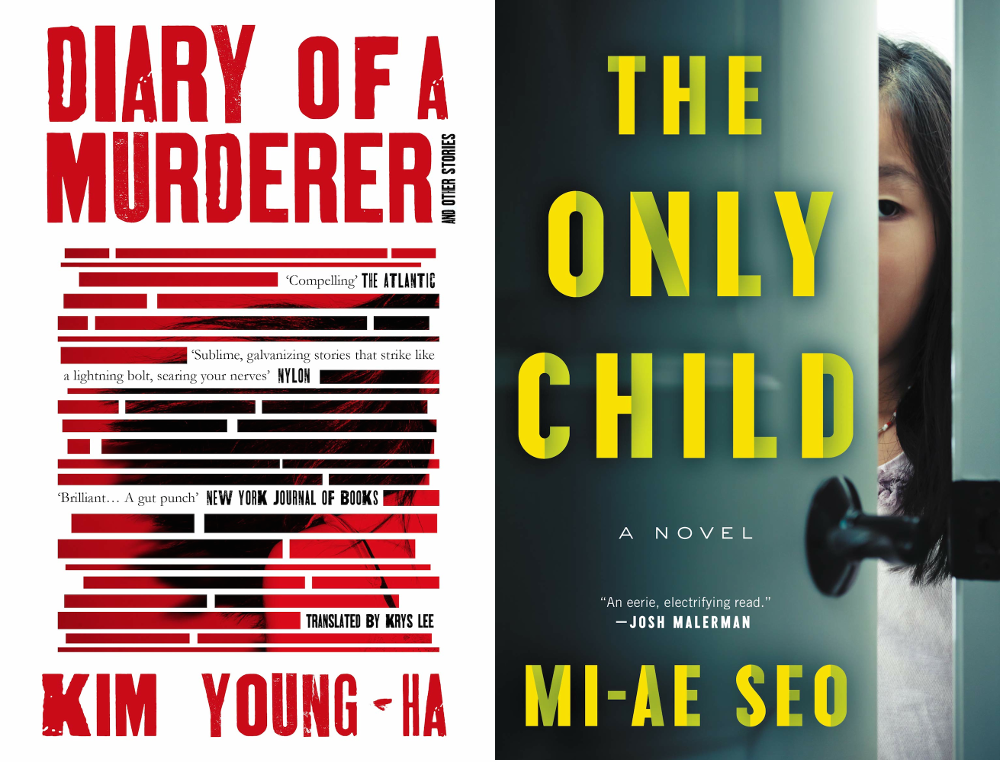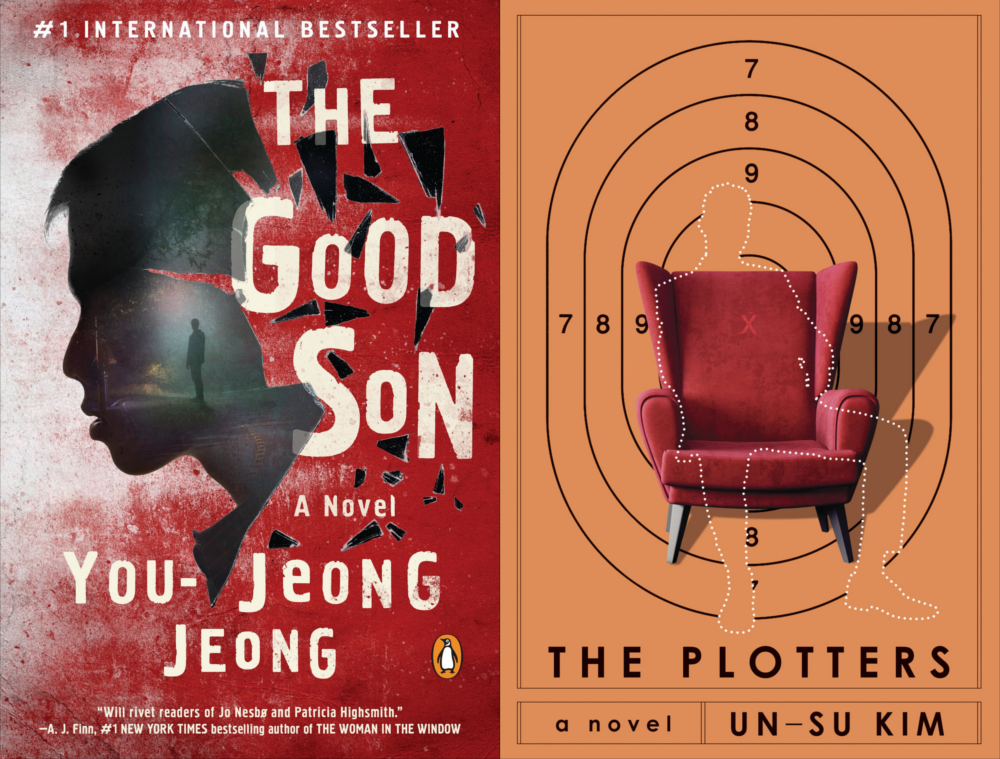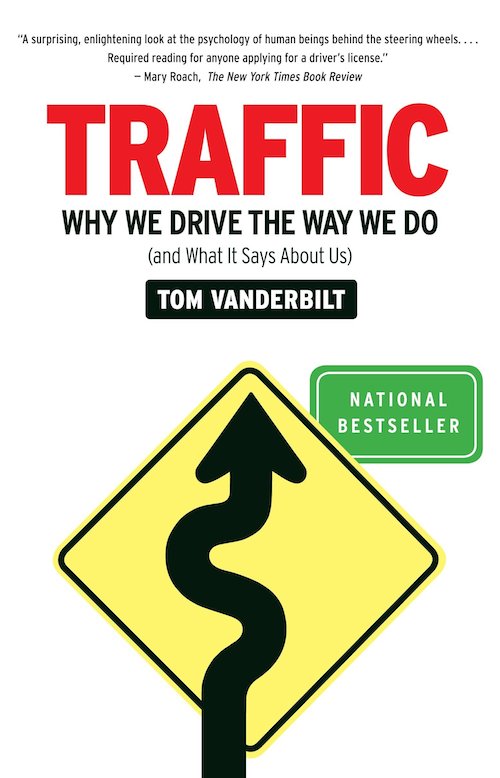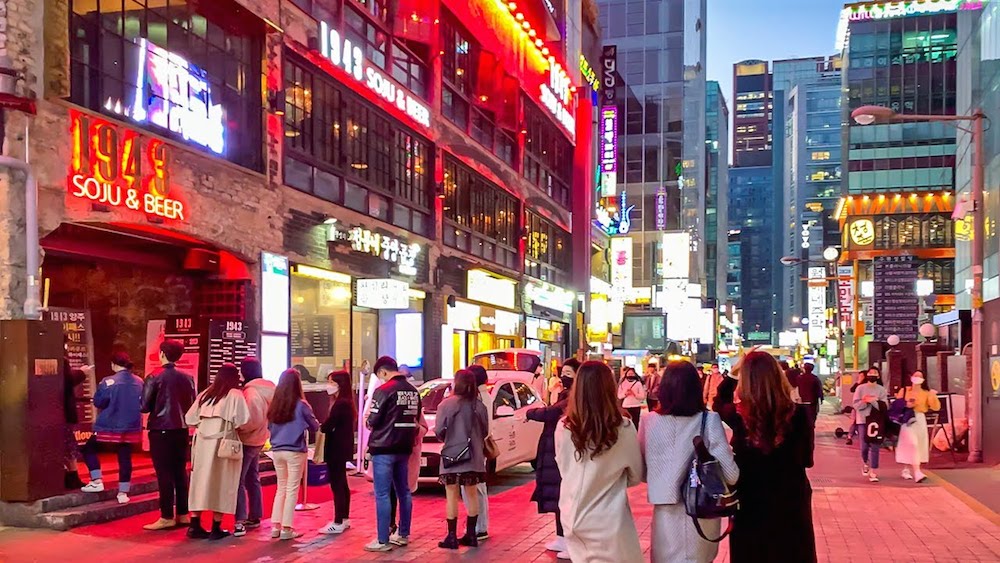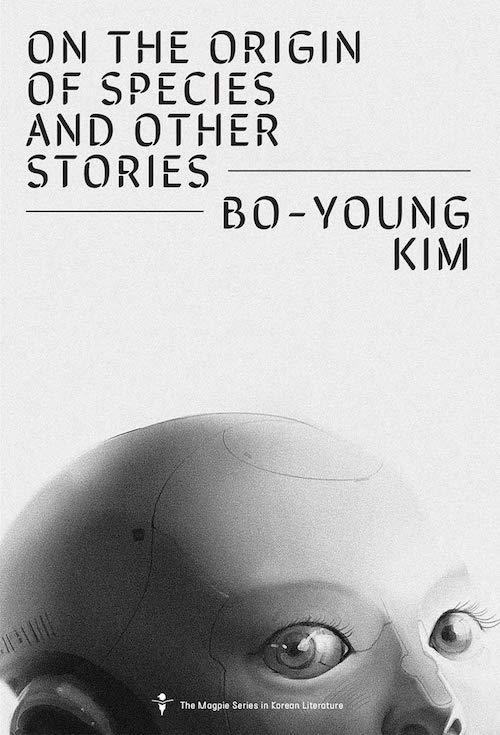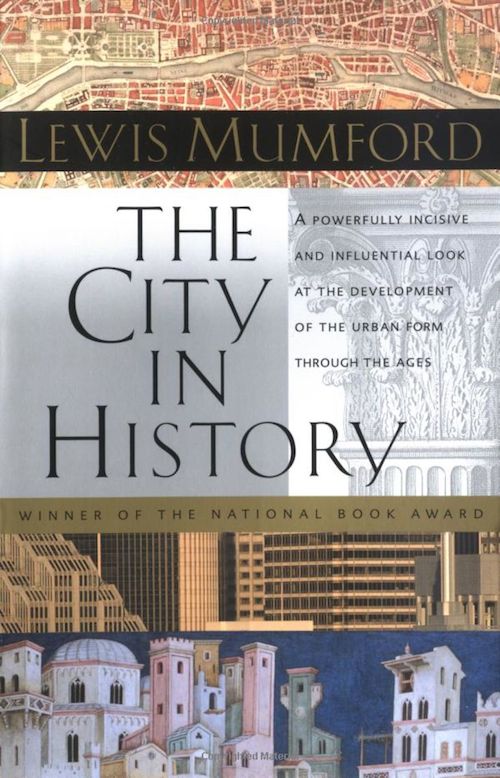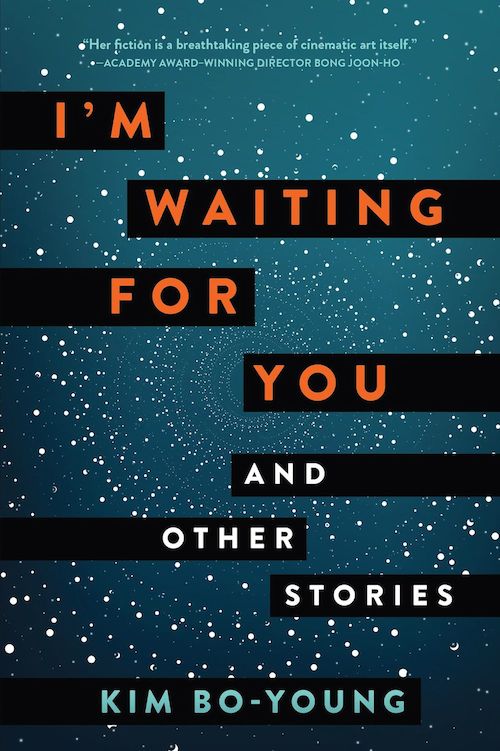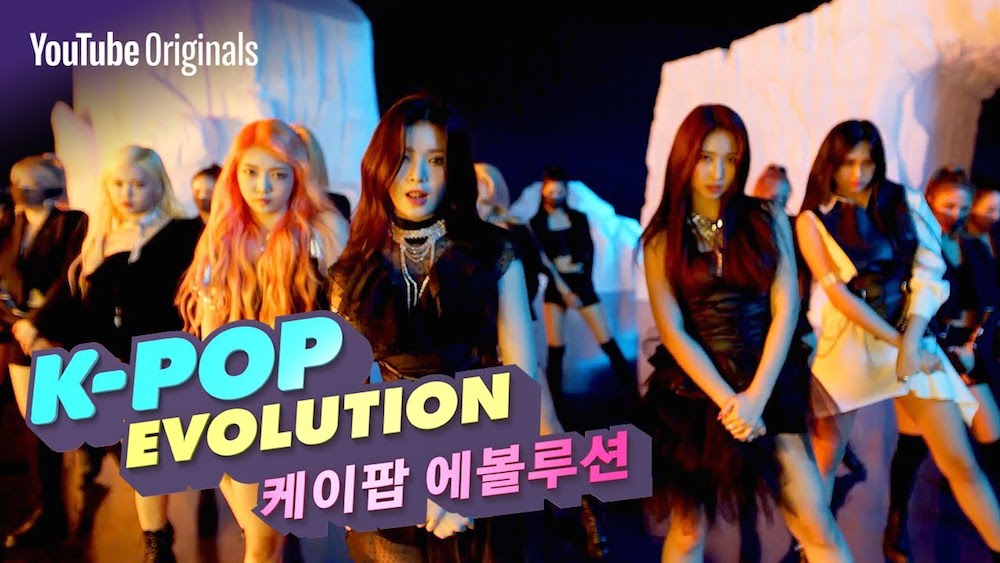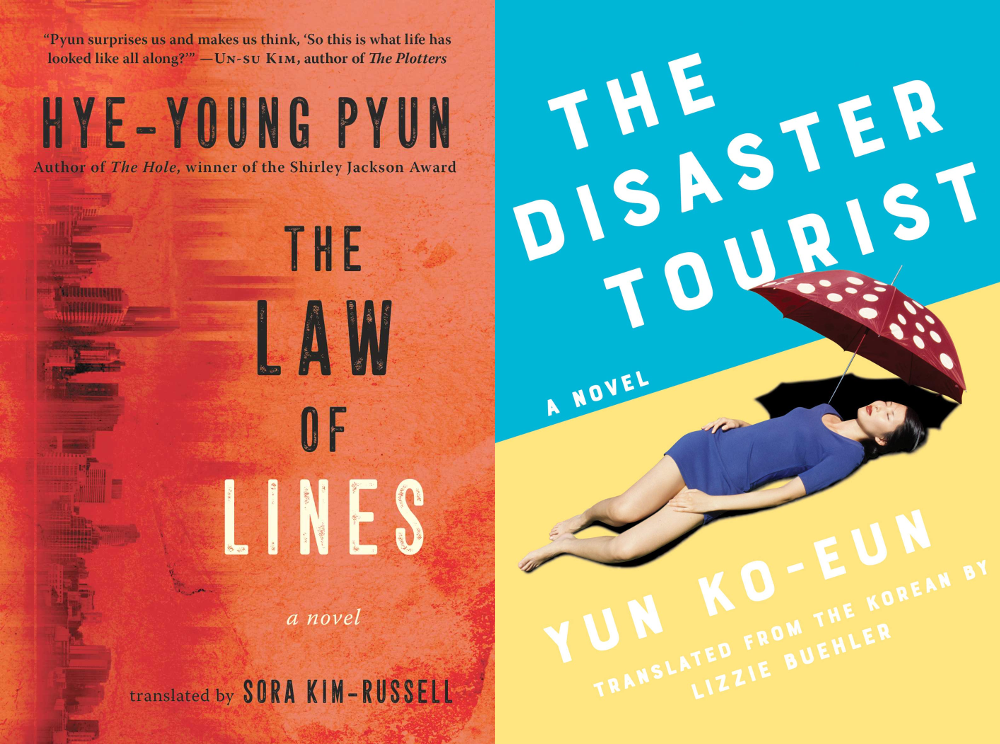
Watching a lecture from Sebashi, the Korean equivalent of TED Talks, I heard the speaker mention a previous speaking engagement he’d had in an unusual venue: a women’s prison. Most all of the inmates, he said, had been locked up for financial malfeasance of one kind or another. This mildly surprised me, despite the well-documented lack of propensity on the part of womankind toward more violent varieties of crime. Then I considered the disproportionately numerous stories of financial ruin that I’ve heard in Korea. In the United States, one can still only get so many degrees of separation away from lingering effects of the Great Financial Crisis (to say nothing of coronavirus-related economic hardship), but here it seems that everyone knows at least a few people who’ve lost everything in a failed business, got swindled in a bad deal, or emigrated in flight from crushing debt.
Given that, it seems implausible that the first four Korean crime novels I’ve covered in this series — Jeong You-jeong’s The Good Son, Kim Un-su’s The Plotters, Kim Young-ha’s Diary of a Murderer and Seo Mi-ae’s The Only Child — have so little do do with money. This contrasts with American crime fiction (or at least what I’ve read of it), many if not most of whose plots are set in motion by the desire to ill-get some gains. In this sense Pyun Hye-young’s The Law of Lines, translated by Sora Kim-Russell, and Yun Ko-eun’s The Disaster Tourist, translated by Lizzie Buehler, go the American way. Two of the most recent works of Korean crime fiction successful in English, they both tell stories intimately concerned with money and what people will do get it, but without the heists, drug deals, and gangland machinations familiar to Western readers.
Like The Only Child, The Law of Lines opens with a deadly house fire — or rather, an explosion — the accidental or deliberate ignition of which comes under investigation. It destroys the home and eventually kills the single father of a 27-year-old woman named Se-oh, who already had it bad enough: having struggled to extract herself from a multi-level marketing scam, she lives in fear of being recognized by one of the many acquaintances she attempted to recruit. Figuring that her dad set off the explosion on purpose, committing difficult-to-detect suicide as an escape from his own financial woes, she makes it her life’s mission to hunt down and murder the debt collector who had been badgering him day and night. But that debt collector, a fellow late-twenty-something soon to be priced out of the dank apartment he shares with his disabled mother, is hardly doing better himself.
Read the whole thing at the Los Angeles Review of Books.
